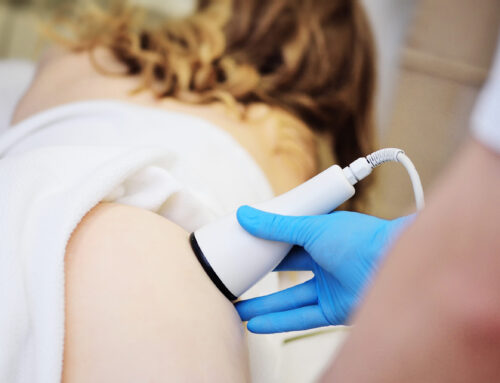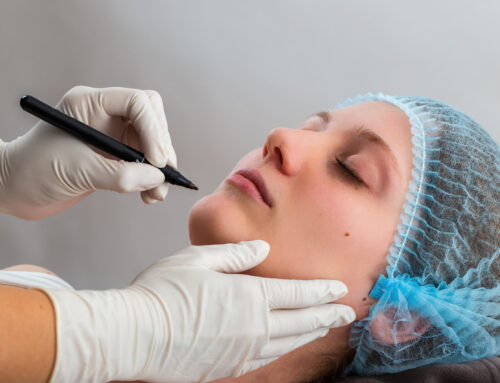 The Desire to Combat Signs of Aging
The Desire to Combat Signs of Aging
The quest to maintain a youthful appearance is as old as time, and in the realm of cosmetic surgery, the facelift has become a symbol of turning back the clock. This procedure addresses the visible signs of aging by tightening skin, smoothing out wrinkles, and restoring facial contours. The desire for a rejuvenated appearance drives many to consider a facelift, seeking to reflect their inner vitality and energy on the outside. As techniques have advanced, facelifts have become more effective and accessible, offering a solution for those who wish to counteract the effects of aging gracefully.
Facelifts are not just about looking younger; they’re about enhancing self-confidence and aligning one’s external appearance with their internal sense of self. The procedure can significantly impact an individual’s life, often leading to increased self-esteem and a more positive outlook on life.

Different Facelift Techniques: Exploring Various Methods and Their Benefits
Facelift surgery has evolved significantly, with various techniques catering to different needs and goals. The traditional facelift involves incisions along the hairline and around the ears to access and tighten underlying tissues, while removing excess skin. This method is effective for addressing moderate to severe signs of aging. For those with less pronounced aging, a mini-facelift might be appropriate, offering a less invasive option with smaller incisions and a quicker recovery.
More recent innovations include the SMAS (Superficial Musculoaponeurotic System) facelift, which goes deeper to reposition and tighten the facial muscles, providing a more natural and long-lasting result. There are also non-surgical options like thread lifts, which use temporary sutures to produce a subtle but visible lift in the skin. Each technique has its benefits, and the choice depends on the individual’s skin condition, age, and desired outcome.
 The Procedure: A Walkthrough of the Facelift Process
The Procedure: A Walkthrough of the Facelift Process
The facelift procedure begins with a consultation, where the surgeon assesses the patient’s facial structure, skin quality, and discusses desired outcomes. During the surgery, which is performed under anesthesia, incisions are made typically along the hairline and around the ears. Through these incisions, the surgeon repositions and tightens underlying tissues, removes excess skin, and redrapes the skin over the newly enhanced facial contours.
The complexity of the procedure varies depending on the technique used and the extent of the changes desired. A traditional facelift might take several hours, while a mini-facelift or a thread lift could be completed in a shorter time. The surgeon’s skill in blending the art of aesthetics with surgical precision is crucial for achieving a natural-looking and harmonious result.
 Recovery Insights: Tips and Expectations for Post-Operative Care
Recovery Insights: Tips and Expectations for Post-Operative Care
Patients are typically advised to take one to two weeks off work to allow for initial healing. During this time, it’s crucial to follow the surgeon’s advice on caring for the incision sites and managing any discomfort. Swelling and bruising will gradually subside, and most patients can return to normal activities within a few weeks, although full healing may take several months.
The key to a smooth recovery is following the surgeon’s instructions, maintaining a healthy lifestyle, and having realistic expectations about the healing process and the timeline for seeing the final results.
Regular follow-up appointments are important to monitor the healing process and address any concerns. It’s also essential for patients to protect their skin from the sun and maintain a healthy skincare routine to enhance and prolong the results of the facelift.
 Real-life Journeys: Stories of Rejuvenation and Renewed Confidence
Real-life Journeys: Stories of Rejuvenation and Renewed Confidence
The transformative impact of a facelift is often best illustrated through real-life patient stories. Many individuals who have undergone the procedure share remarkable changes in their appearance and, more importantly, in their self-esteem. For instance, a patient in her late fifties described how her facelift not only smoothed her wrinkles and lifted sagging skin but also rekindled her confidence, allowing her to feel more vibrant and aligned with her youthful spirit.
Another patient’s journey highlights the emotional benefits that accompany the physical transformation. After struggling with the visible signs of aging, the patient found that the facelift brought a renewed sense of self and a more positive outlook on life. These stories underscore the profound impact that facial rejuvenation can have, going beyond cosmetic changes to foster a deeper sense of well-being and self-assurance.
 The Timeless Appeal of the Facelift
The Timeless Appeal of the Facelift
The facelift continues to stand as a testament to the timeless appeal of rejuvenation and the desire to reflect one’s inner youthfulness. With advancements in techniques and a deeper understanding of facial aging, facelifts have become more refined, offering results that are both natural-looking and long-lasting. The procedure is not just about erasing years from the face; it’s about enhancing overall facial harmony and boosting self-confidence.
As we look to the future, the facelift remains a key player in the world of cosmetic surgery, evolving with new technologies and approaches to meet the changing needs and expectations of patients. Its enduring popularity underscores the universal desire for rejuvenation and the significant role cosmetic surgery can play in fulfilling this aspiration. The facelift, in essence, is more than a procedure; it’s a journey towards self-renewal and empowerment.










